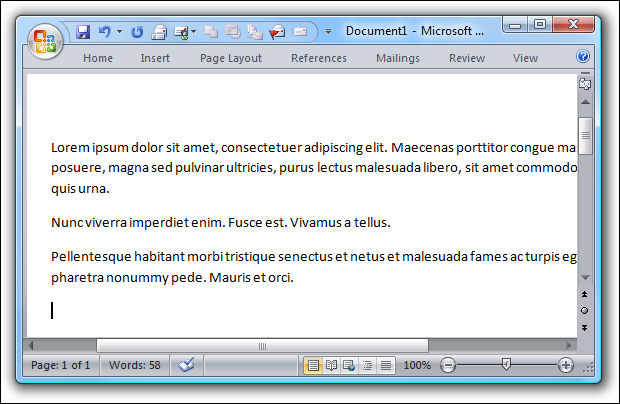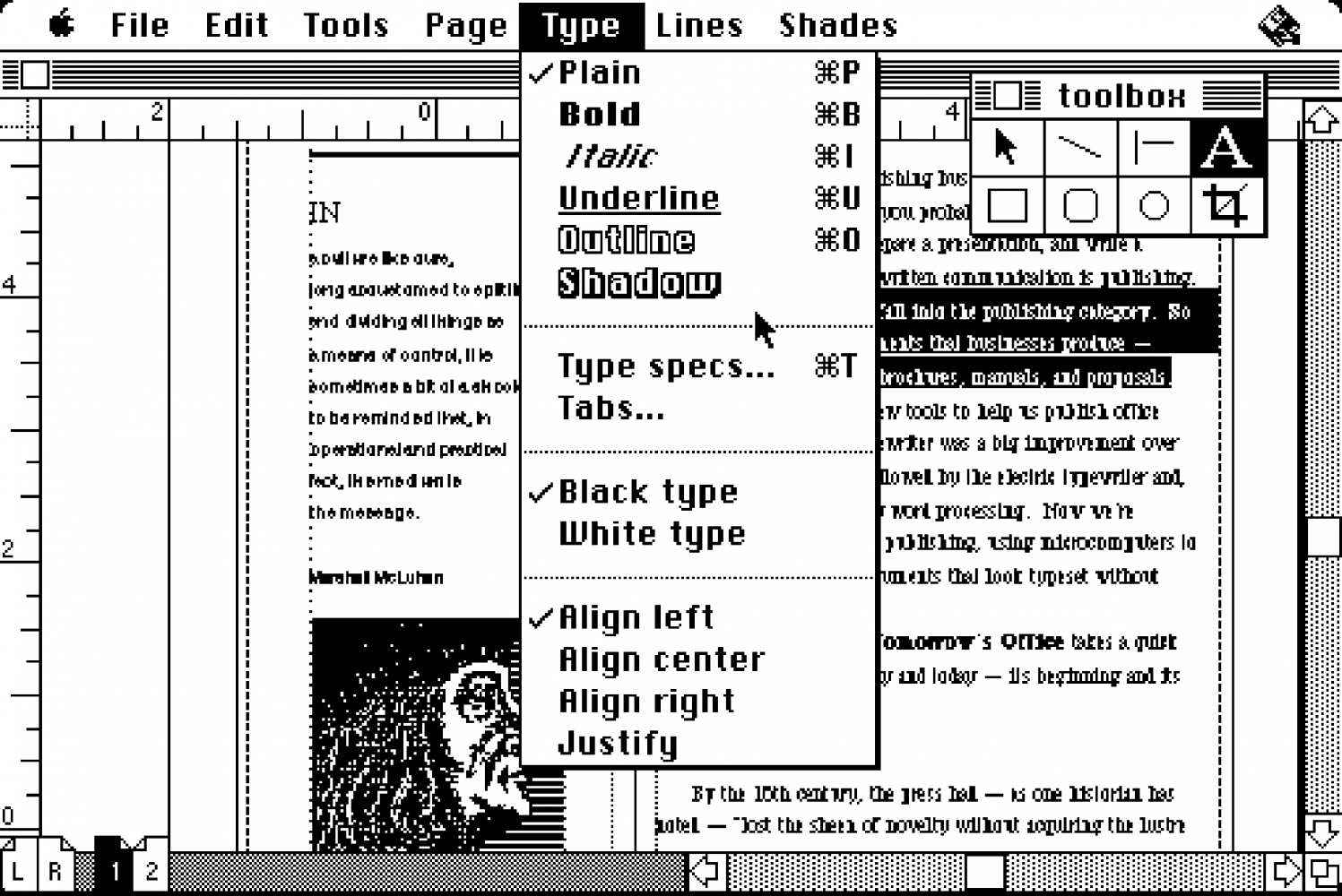
What does “Lorem Ipsum” really mean? A misunderstanding that lasted eighty years
At a certain point, everyone happened to be faced with the phrase Lorem Ipsum used as filler text in many graphic design mock-ups but also in the Word Help window of Microsoft Office and, sometimes, even in the newspapers, as happened last March in the Swiss newspaper 20 Minutes but also in 2009 on the pages of Il Fatto Quotidiano when an unidentified press officer forgot to replace the text of proof of the layout of the newspaper with the actual text of the article. And the Lorem Ipsum is precisely this, a dummy text, a placeholder, that graphs use when you have to give an idea of the lettering and formatting of a text without the actual text being there. Lorem Ipsum is never alone, on the contrary, it is often followed by entire sentences in Latin or pseudo-Latin, in which a series of words without logical connection are repeated at a pace that mimics the syntax of the English language and therefore serves to give a more precise idea of the final appearance of the text.
The first appearance of the text dates back to the 60s, when it was used in the advertising of Letraset Dry Transfer sheets, adhesive and temperature-sensitive polymer sheets on which various symbols are printed that can be transferred to paper by rubbing. Twenty years later, Aldus Corporation, a software company that later joined Adobe, included it as an example of default text in Page Maker, the writing program used in 1985 by Apple's Macintosh. Until the 90s, however, it was not clear what the text meant. To clarify its origins was the professor of Latin at Hampden-Sydney College, Richard McClintock who in 1994 trying to decipher it was intrigued by a rather rare word in Latin that appeared in the first sentence of the text consectetur. Looking for the recurrences of the word among the classical sources McClintock discovered it in a text by Cicero, the work De finibus bonorum et malorum, in which we read in Latin: «Neque porro quisquam est qui dolorem ipsum quia dolor sit amet, consectetur, adipisci velit…» which means, «Nor again is there anyone who loves or pursues or desires to obtain pain of itself, because it is pain».
At this point, however, we must understand how we went from the sentence of Cicero to the string of semi-senseless text that today is known as Lorem Ipsum. The solution, however, is more banal than it seems: anyone who originally took the text from the Latin work has probably used the 1914 edition of the Loeb Classical Library, an English series of classical works quite famous in its time, in which, on page 34, the beginning of the sentence breaks so "Neque porro quisquam est quisquam qui do-" and resumes on page 36 from where it left off and therefore with "-lorem ipsum ...". In the gallery above you will find both the example of the mock-up of Latraset of the 60s and page 36 of the edition of Cicero with the cut text. The only mystery, however, remains from where Letraset has recovered the modified and senseless version of the text, which according to McClintock dates back to the '500 but no hard evidence of it has survived.




















































